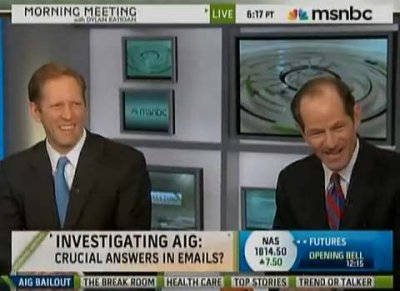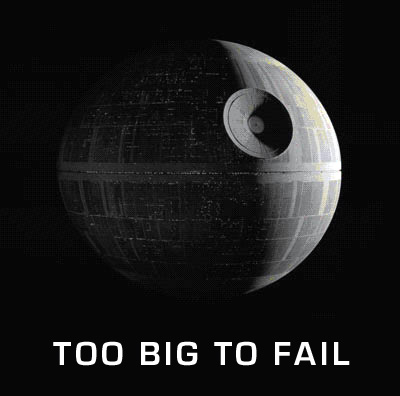Grantland, in association with ESPN, has been running an excellent short documentary film series on various sports topics. The latest release, embedded below, traces the history of the most exquisite version of the world’s most valuable baseball card, the 1909 T206 Honus Wagner.
The video describes how the card’s owner at one stage, sports memorabilia dealer Bill Mastro, has been accused by many – including the FBI – of doctoring the card by shaving off the edges to make them appear sharper and therefore closer to mint condition. Yet the card was assessed by the baseball card authenticating service PSA and found to be fully authentic and not doctored.
Keith Olbermann (who, it turns out, is a sports memorabilia buff) expresses his belief that Mastro did indeed cut the card -and that the PSA went along for the ride:
The expertise [of PSA] is the fraud. If you turn down a lot of baseball cards of prominence and fame as ‘inauthentic’, you’re not going to be approached very often to grade baseball cards. And it has been in everyone’s vested interest that none of this skulduggery be true… because the rising tide does lift all boats. The reason an ordinary card from T206 can be sold for $200 today is because of the Wagner.
If true, this sort of trusted independent rating service failure has to remind you of the Moody’s, Fitch and Standard & Poor’s bond ratings debacle ahead of the financial crisis, when the firms – following a similar “issuer pays” business model, and similarly benefiting from a rising tide in the overall market – failed to accurately grade mortgage-backed securities. From the film ‘Inside Job’:




